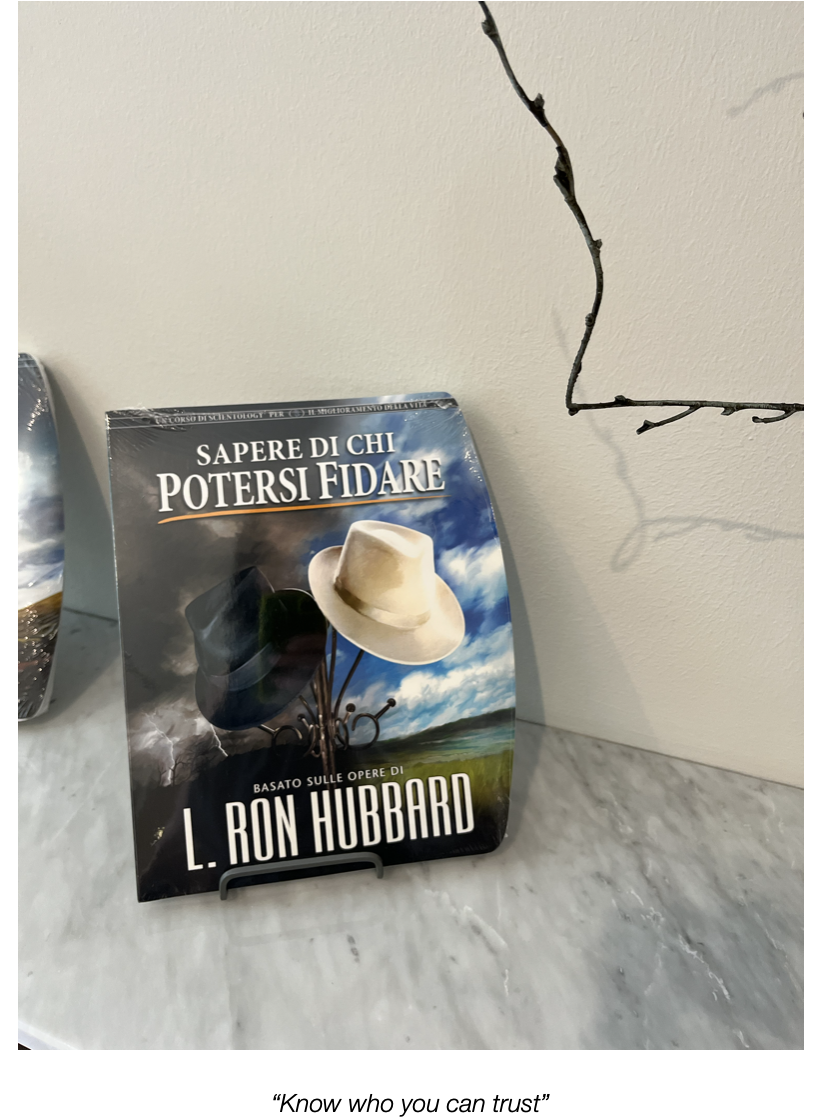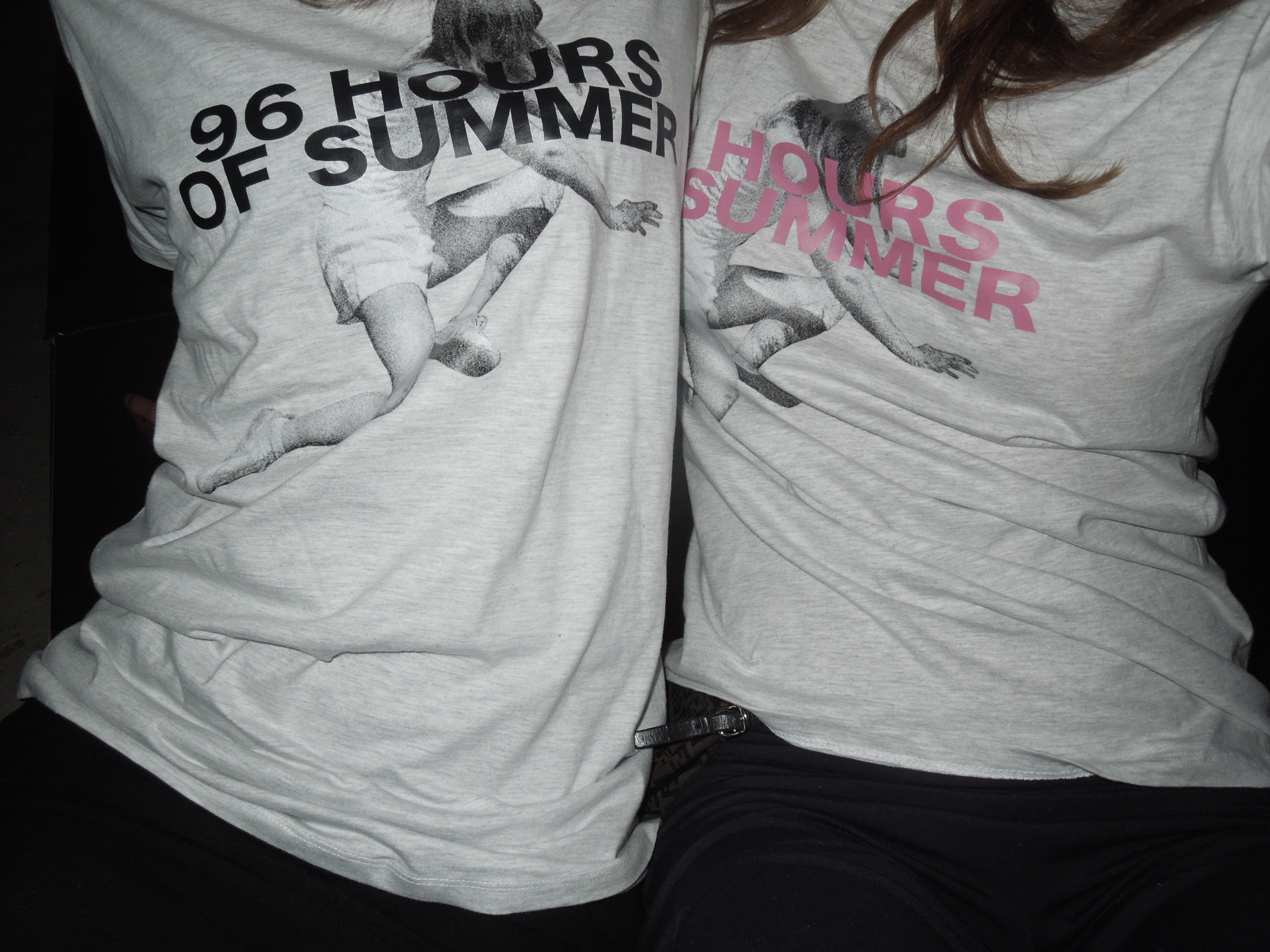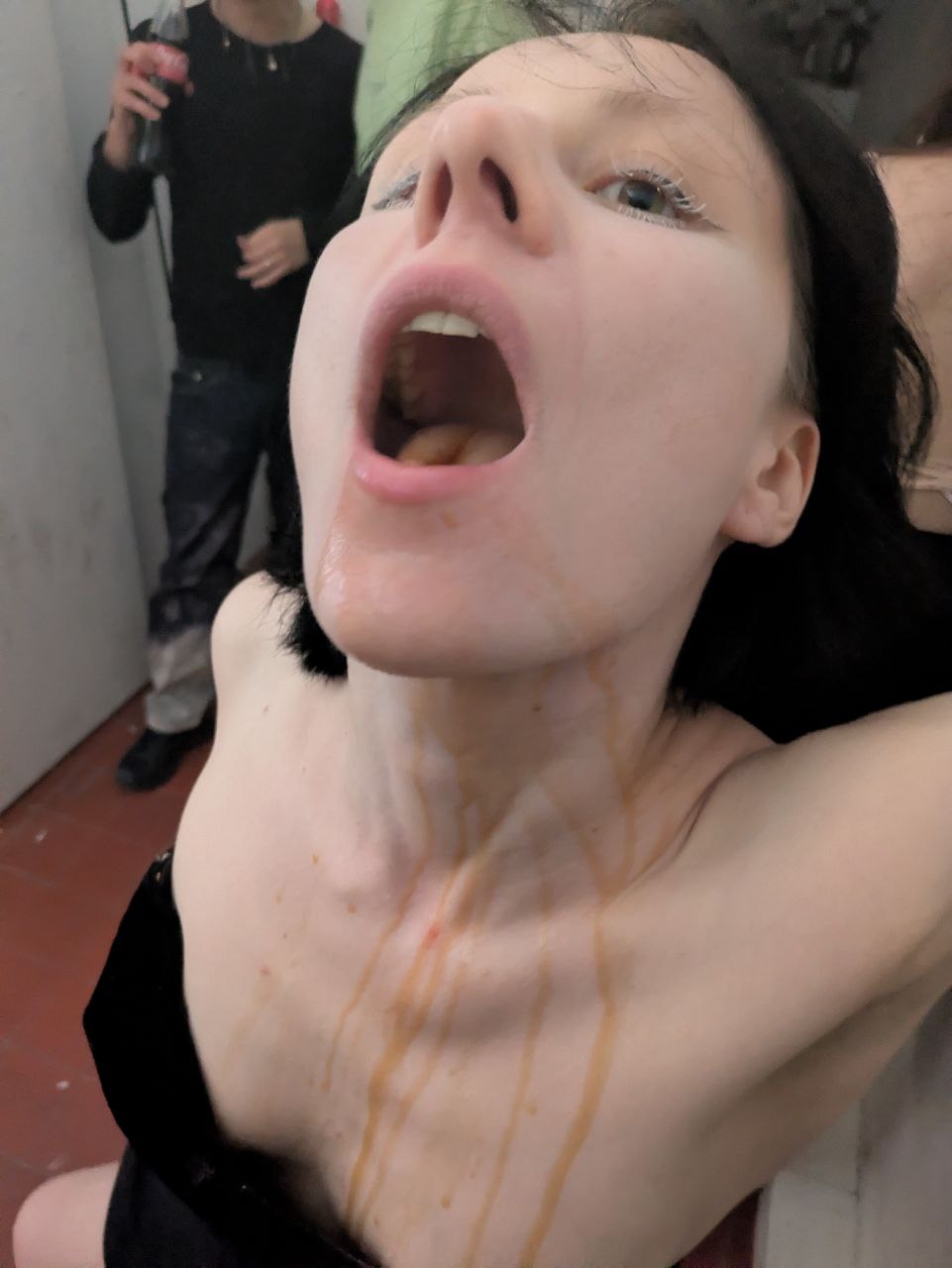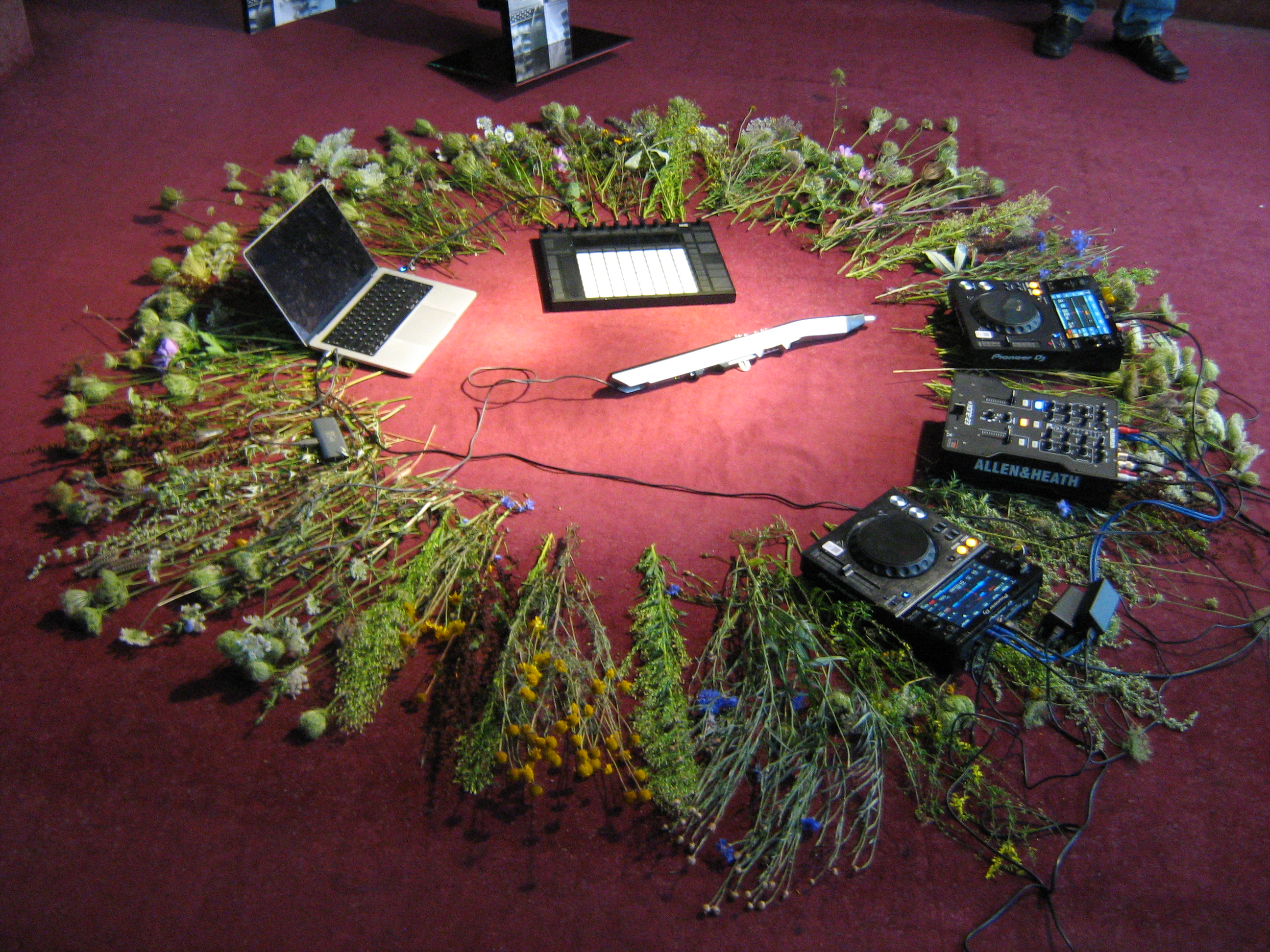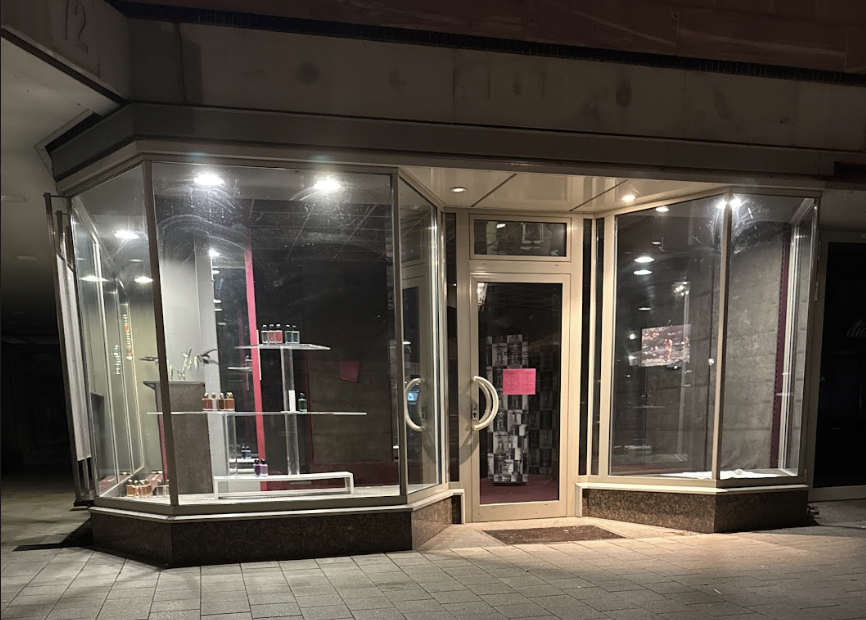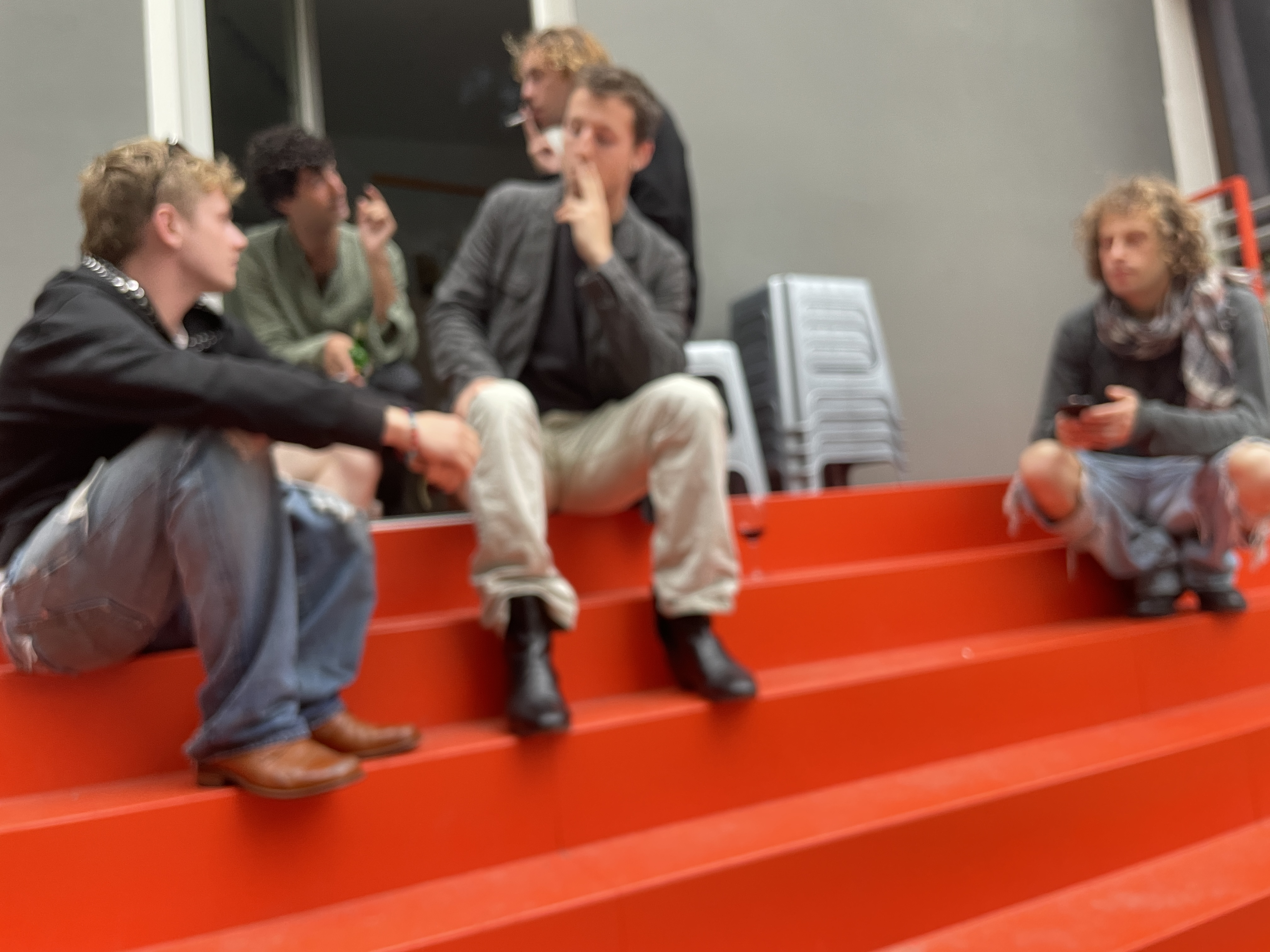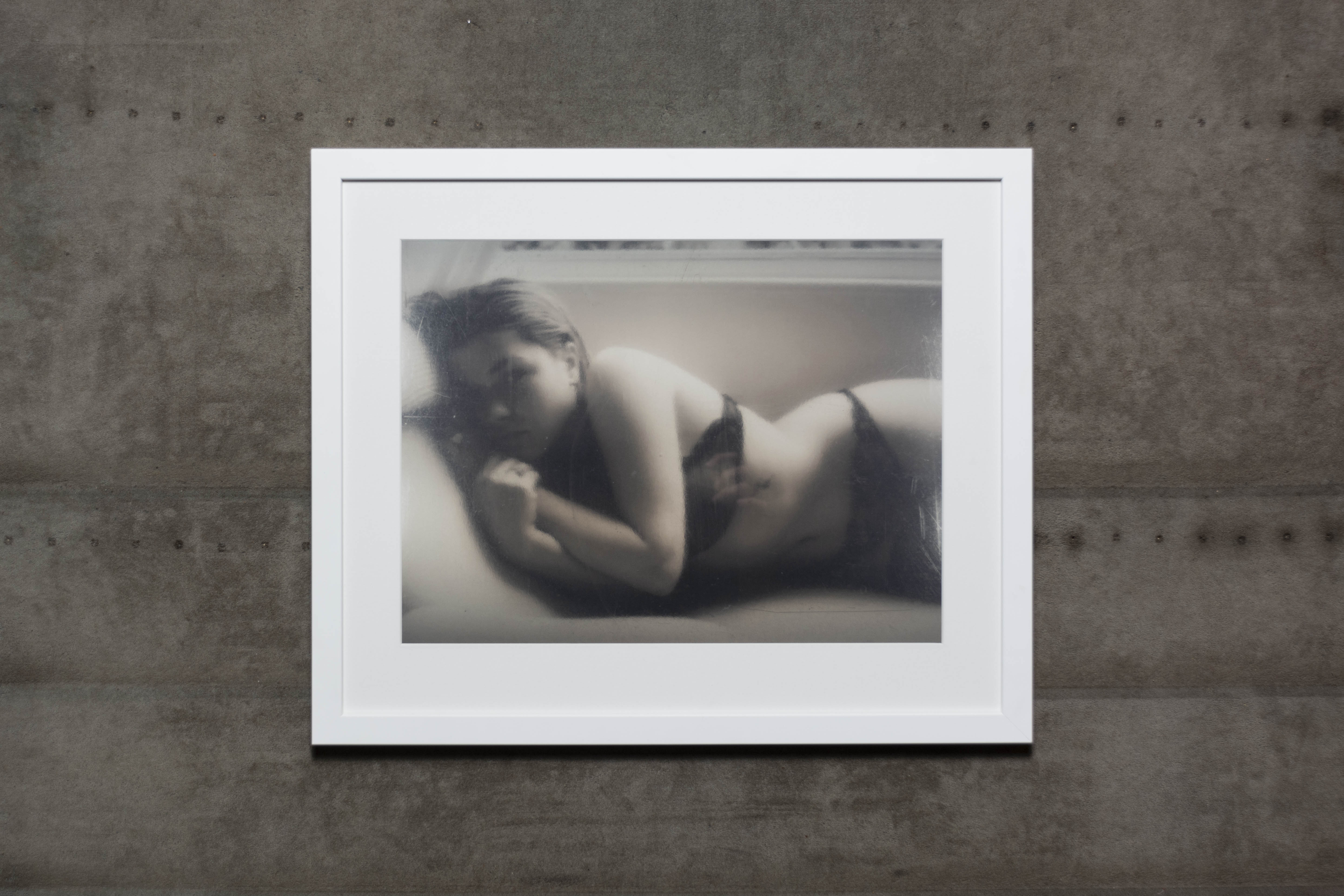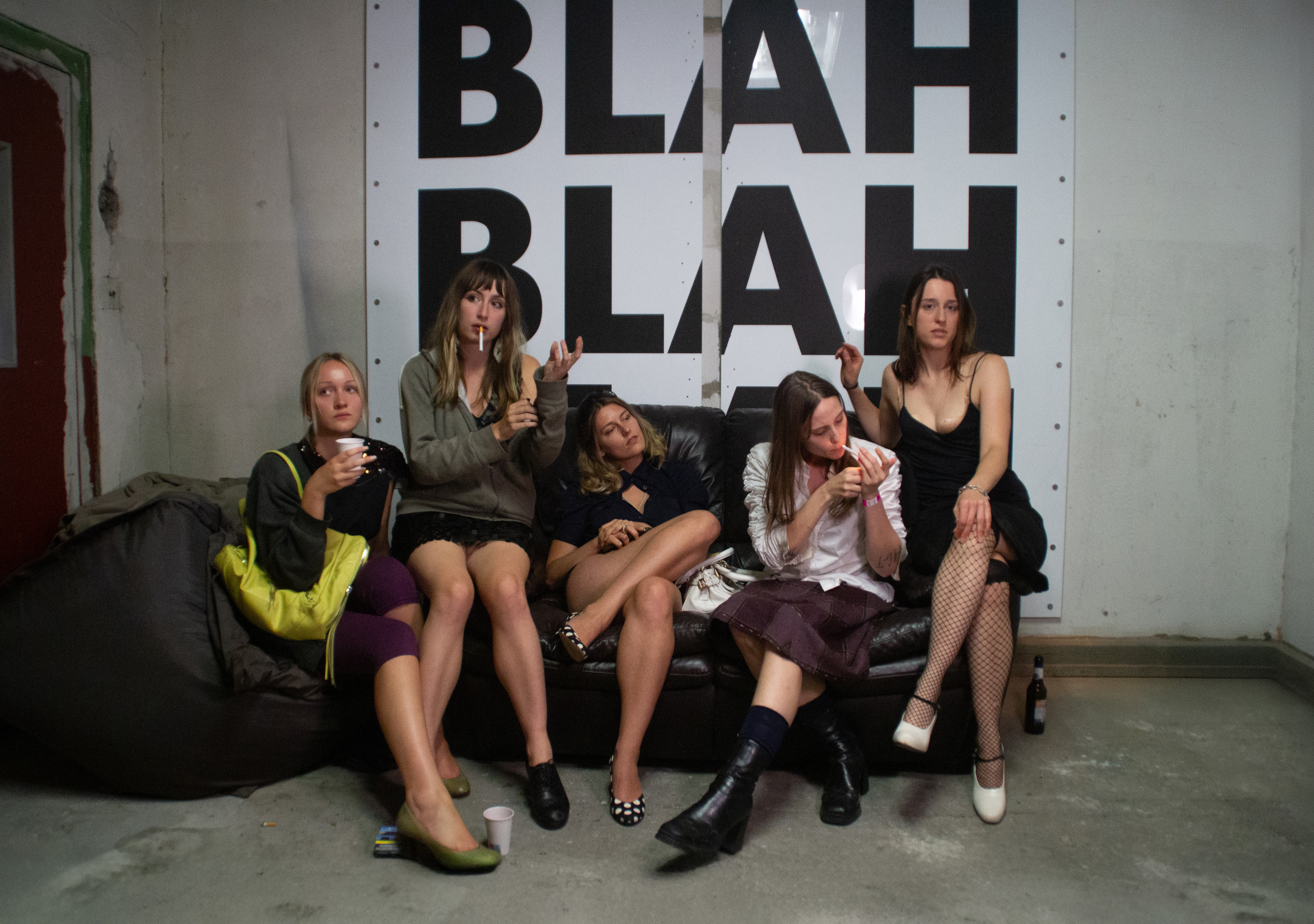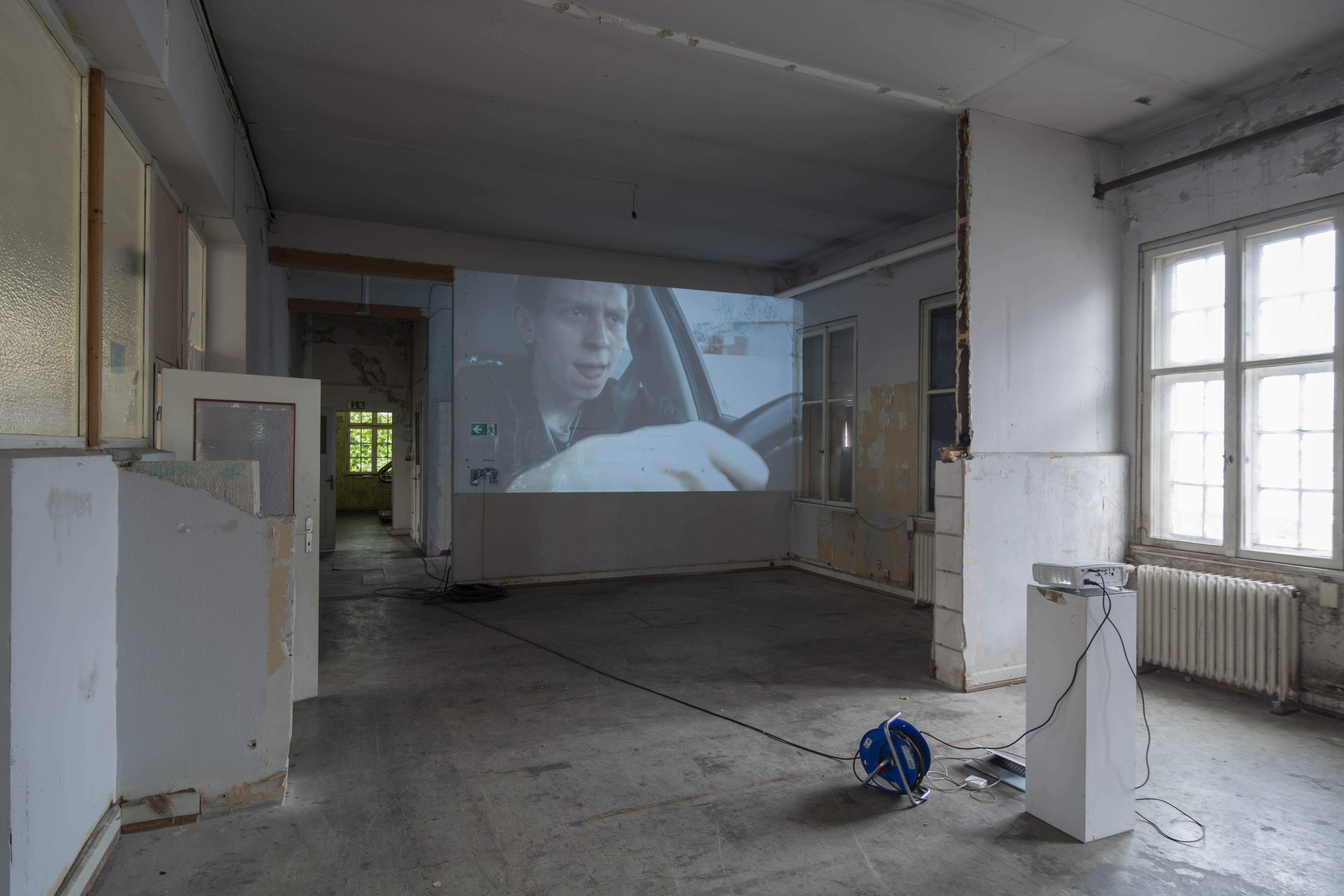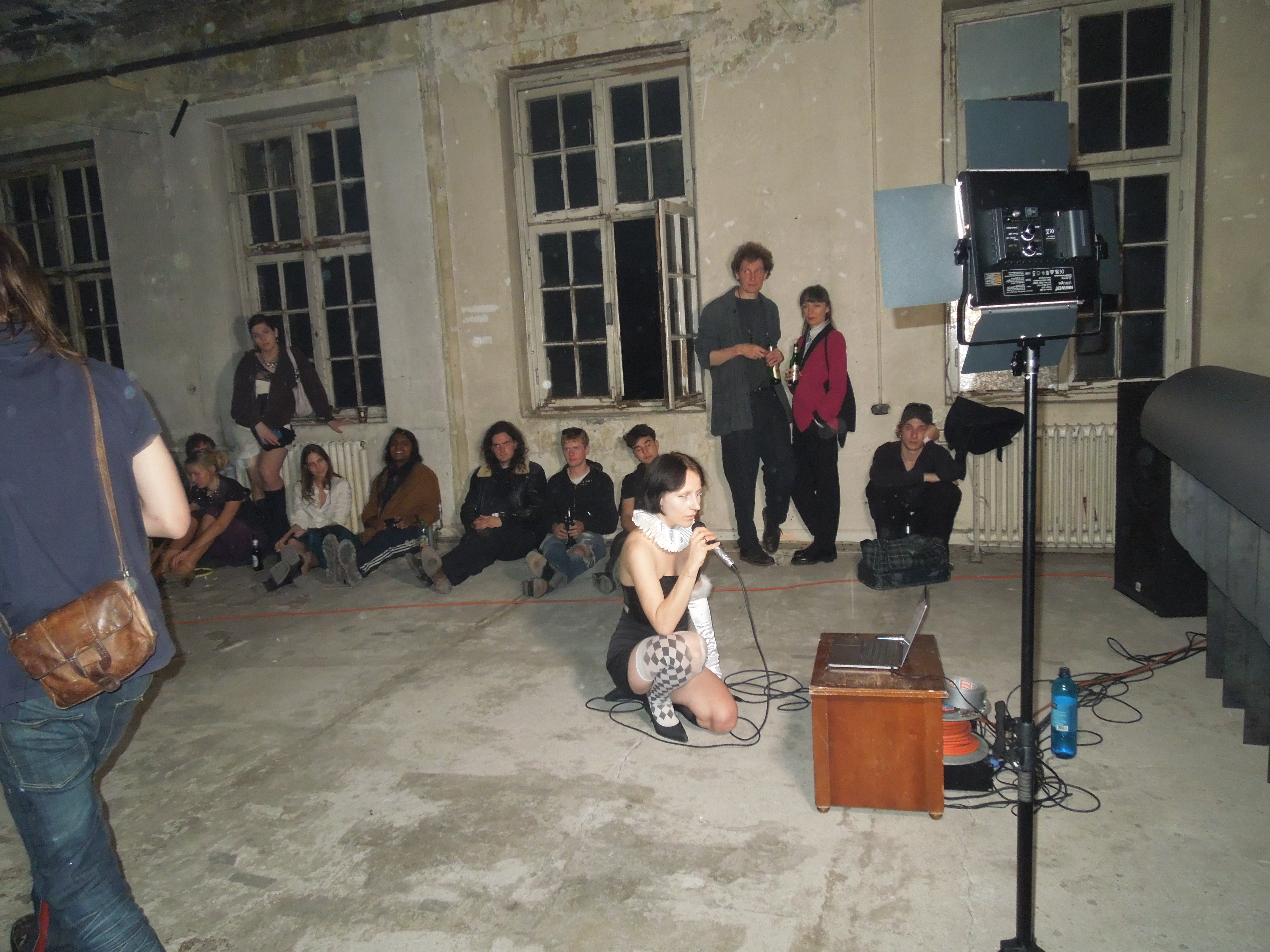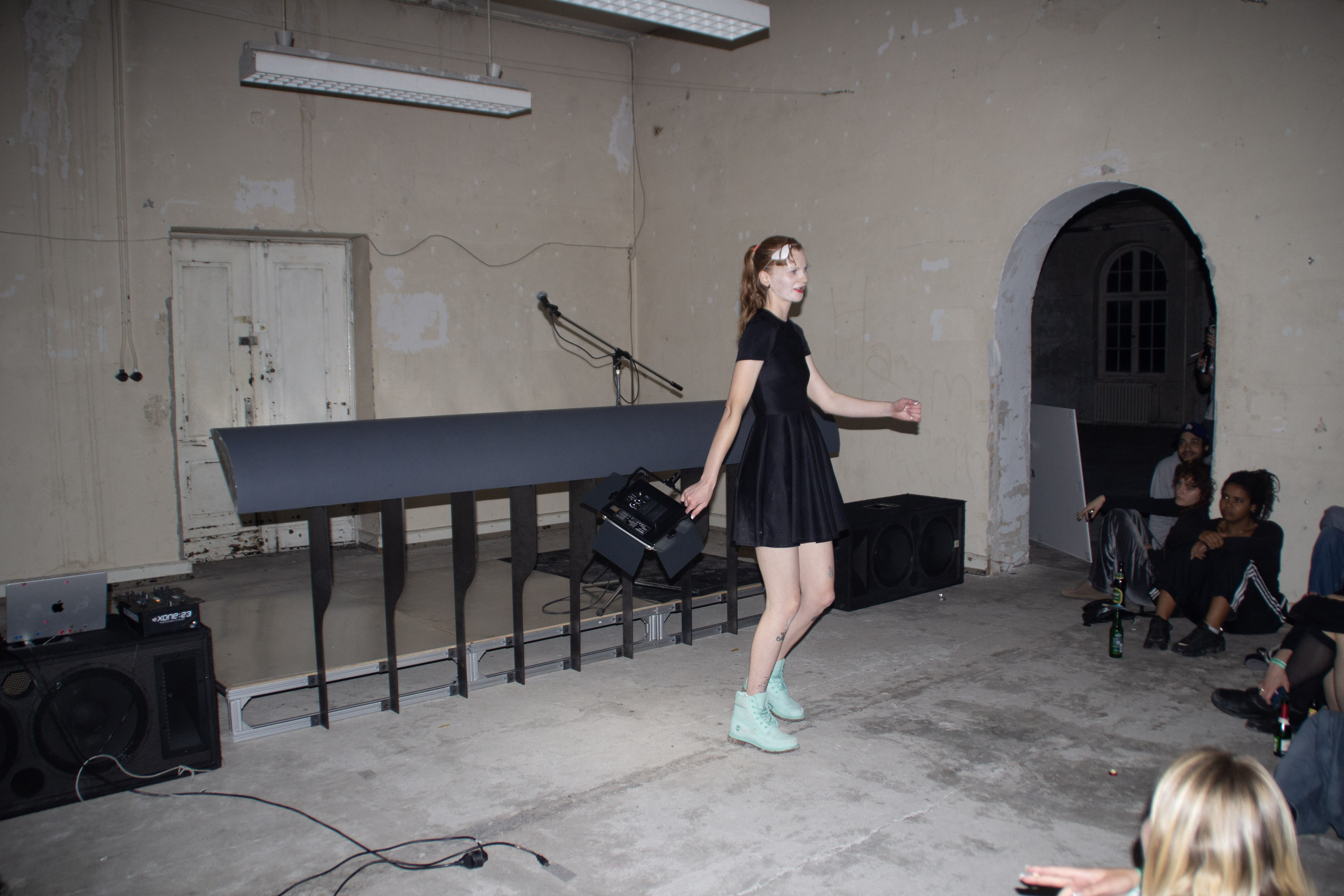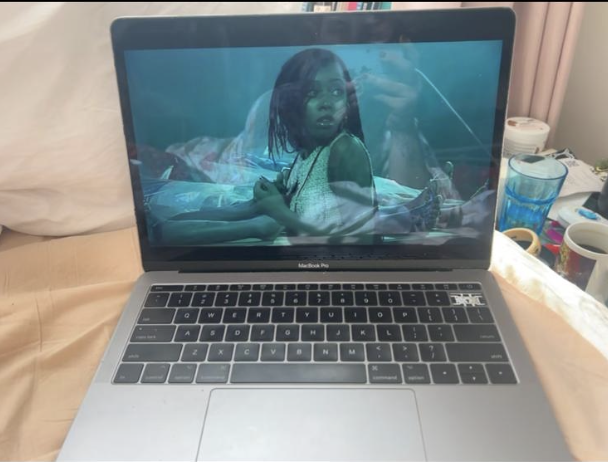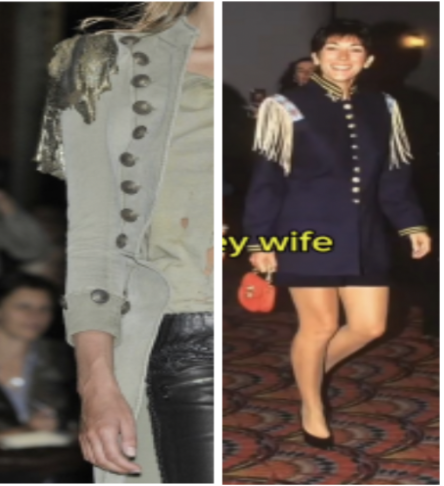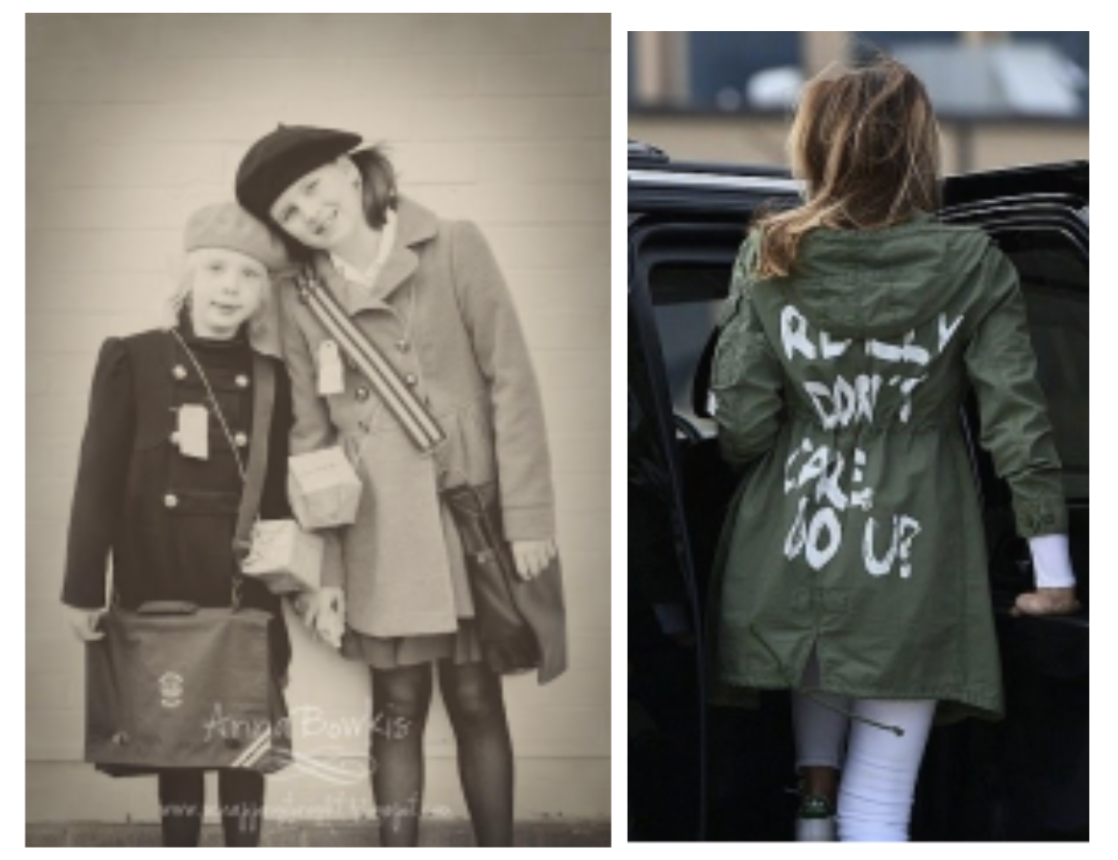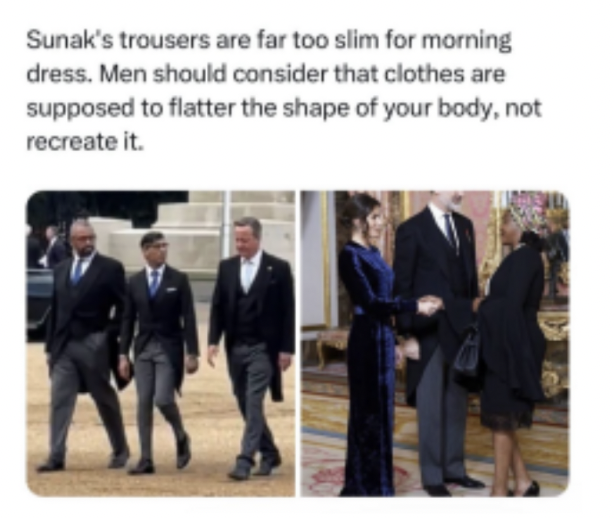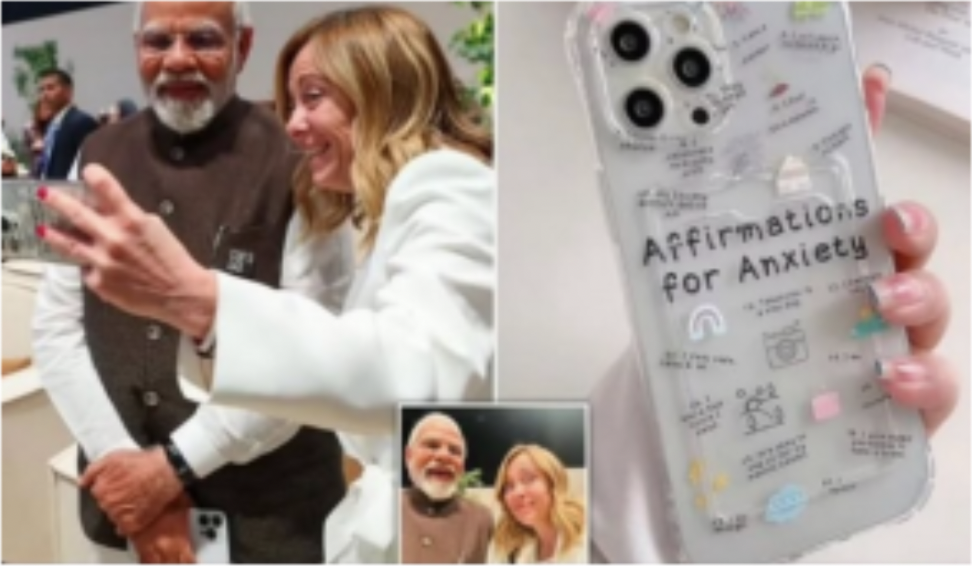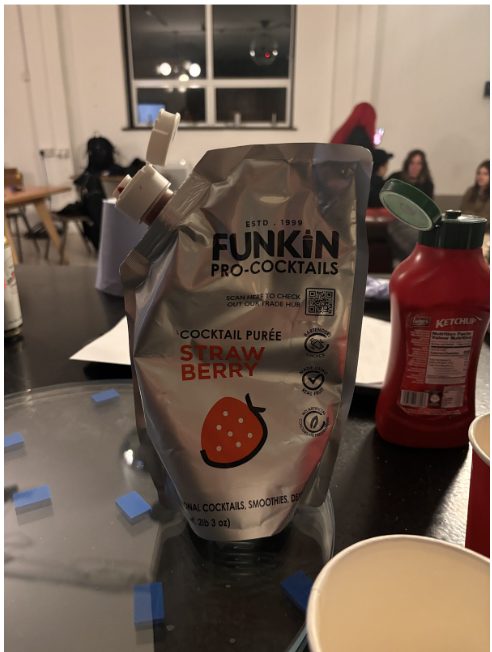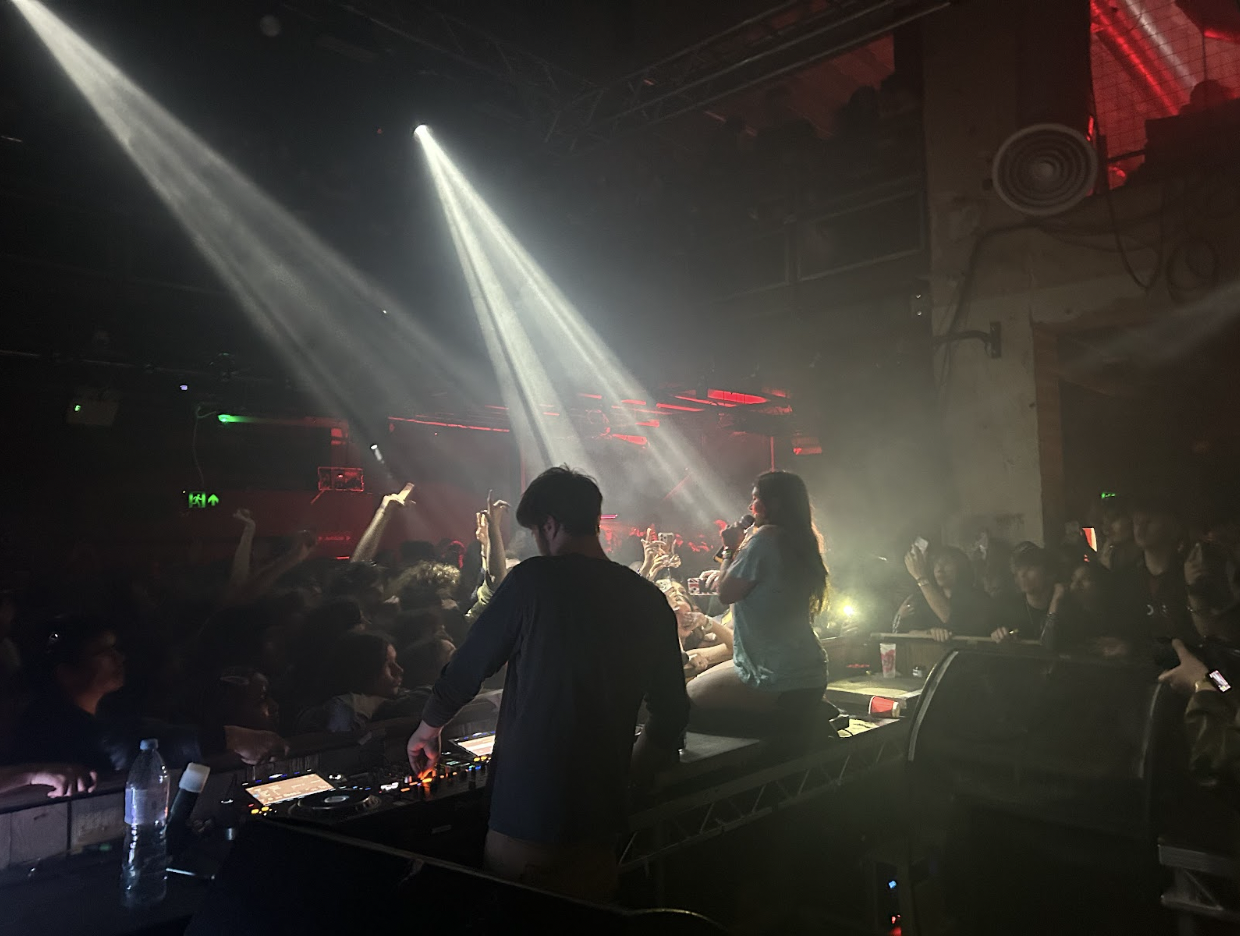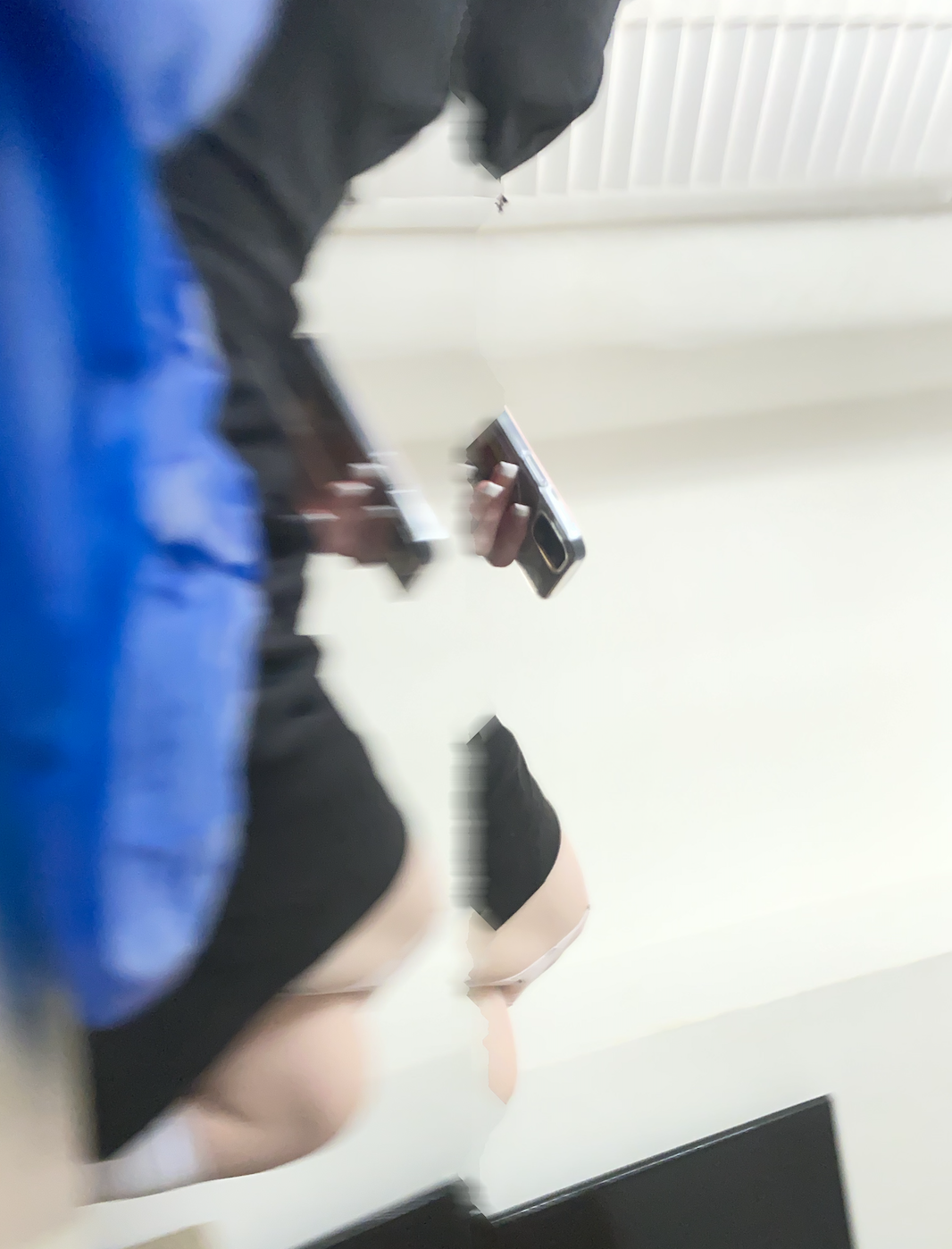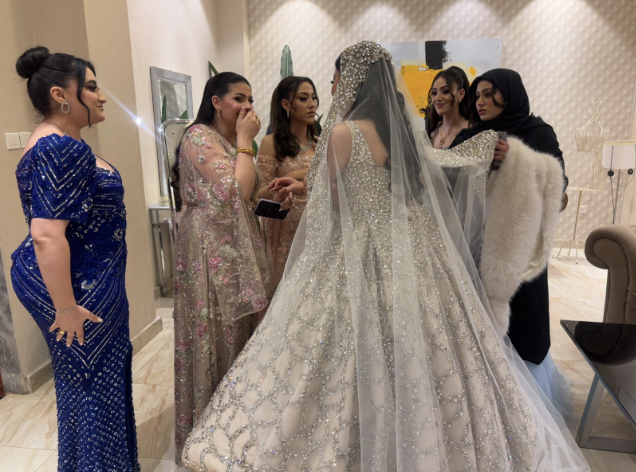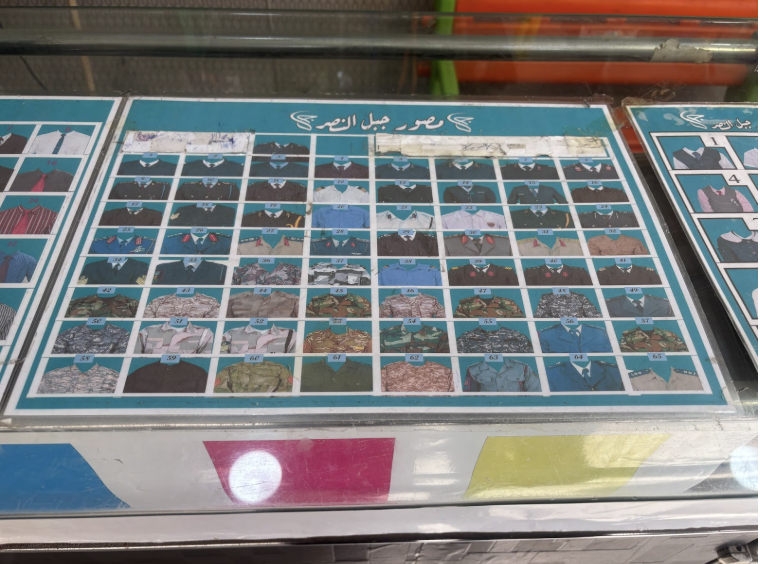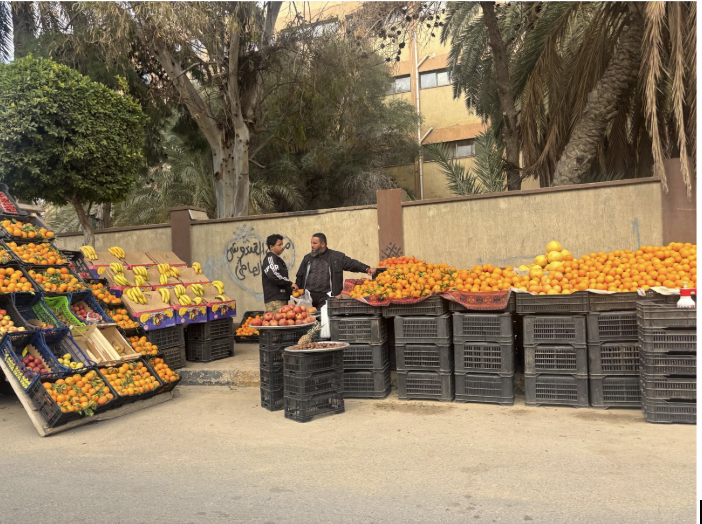Blog / 24 August 2025 / By: Rebecca Isabel Consolandi
"Would I Ever Kiss a Scientologist?" Blog by Rebecca Isabel
The Duncan-Blake Case or The Golden Suicides

The Wit of the Staircase is the name of Theresa Duncan’s blog on TypePad.com.
From the French phrase ‘esprit d’escalier’, it refers to the perfect witty response you think up after the conversation or argument is ended. The answer you cannot make, the pattern you cannot complete till afterwards, suddenly comes to you when it is too late.
And I am now replying too late, 18 years to be fair... perfectly aligned with l’esprit d’escalier: The Last note on The Wit of the Staircase is from Monday, 31 December 2007. A cheer to a “New Beginning”:
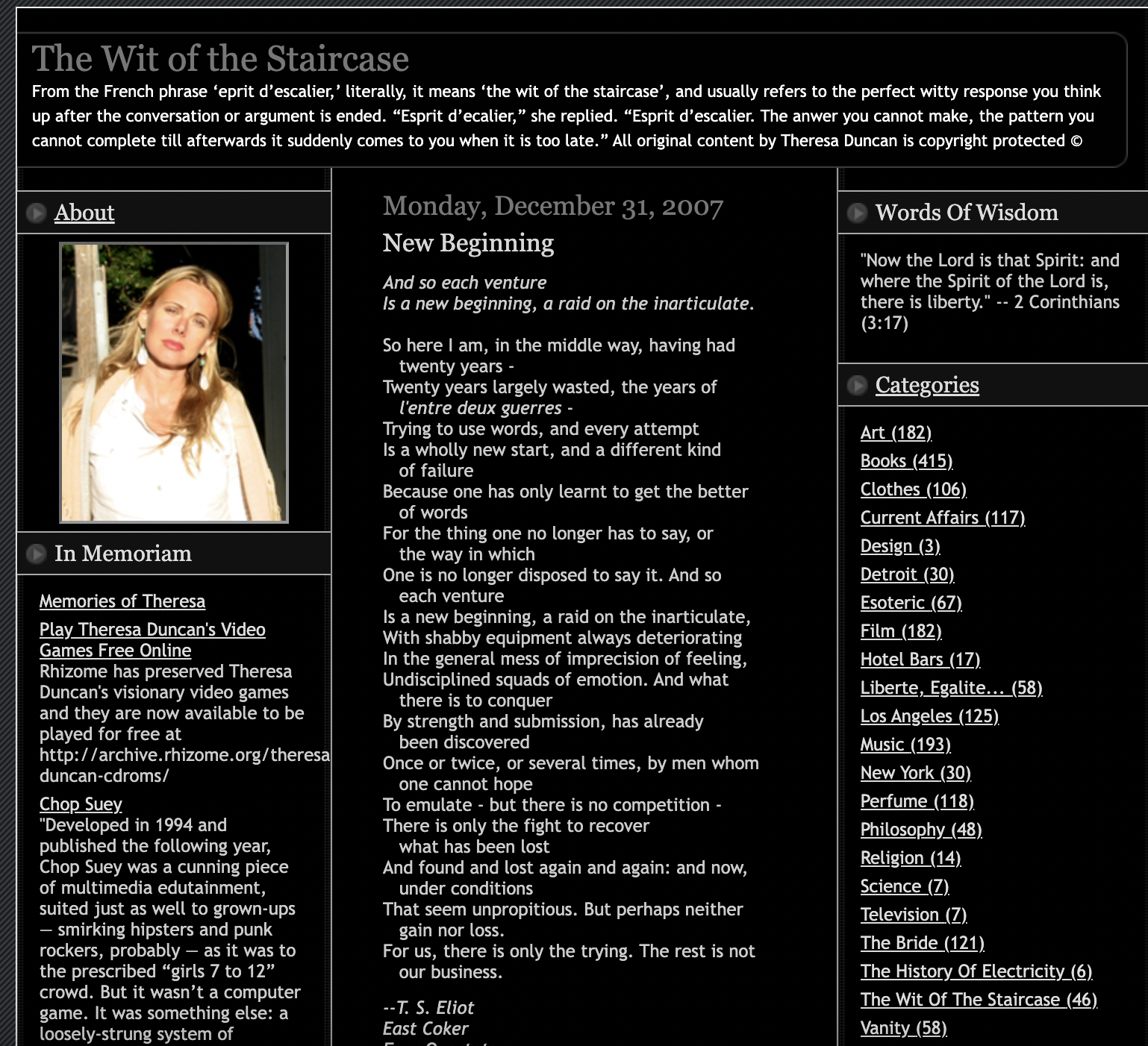
Monday, December 31, 2007
New Beginning
And so each venture
It's a new beginning, a raid on the inarticulate
So here I am, in the middle way, having had twenty years -
Twenty years largely wasted, the years of l'entre deux guerres -
Trying to use words, and every attempt
Is a wholly new start, and a different kind of failure
Because one has only learnt to get the better
of words
For the thing one no longer has to say, or
the way in which
One is no longer disposed to say it. And so
each venture
Is a new beginning, a raid on the inarticulate, With shabby equipment always deteriorating In the general mess of imprecision of feeling, ## ## Undisciplined squads of emotion. And what
there is to conquer
By strength and submission, has already
been discovered
Once or twice, or several times, by men whom
one cannot hope
To emulate - but there is no competition - There is only the fight to recover
what has been lost
And found and lost again and again: and now,
under conditions
That seem unpropitious. But perhaps neither
gain nor loss.
For us, there is only the trying. The rest is not
our business.
--T. S. Eliot East Coker Four Quartets
Have you ever seen the movie eXistenZ? Directed by David Cronenberg in 1999, it features as main character the iconic Jennifer Jason Leight under the pseudonym of Allegra Geller. Picture a complex, beautiful blonde woman, whose job is game design and who entertains a relationship with an equally beautiful man played by Jude Law.
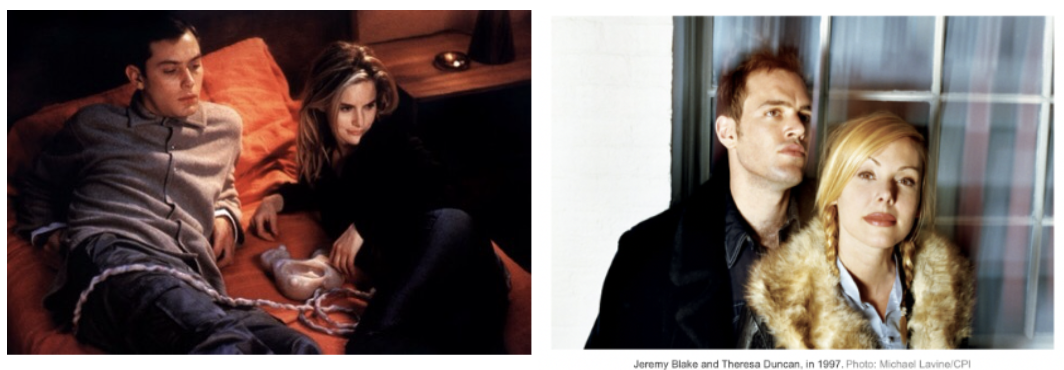
Now keep this plot in mind, but to “Allegra” substitute “Theresa”, to “Ted” substitute “Jeremy” and to fiction substitute reality.This blog post, Would I Ever Kiss a Scientologist?, tells the story of a real-life game designer and her resultant suicide.
Cronenberg’s movie ends with two killings, "Death to transCendenZ!!!"; our dispatch starts with two suicides, The Golden Suicides.
With no exclamation marks at all.
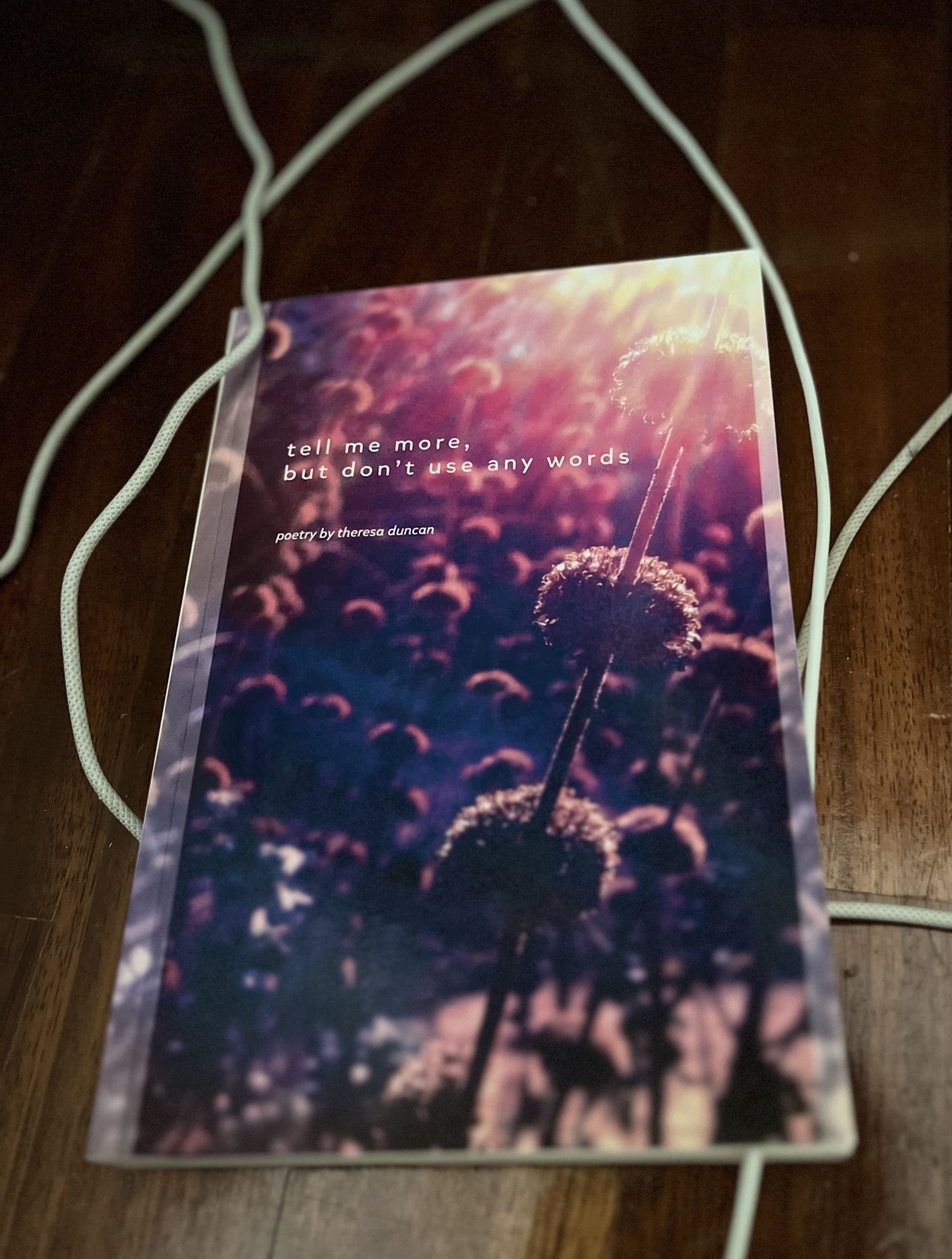
Today is Sunday, 27 July 2025. It’s 00:30 and I am sitting on my couch, laughing at myself with Theresa Duncan, just not the right one. I bought this book via Amazon sure about the fact that it was a hidden gem of hers, and I also mentioned it to Taylor (Hi Taylor), who also bought it and two days later sent me this message:

Re-browsing the book I noticed what my blind trust didn’t make me notice before: poems are from 2010. Theresa Duncan took her own life on Sunday, 10 June, 2007.
Turns out this other woman, who answers to the name of T.D., also corresponds to her facial features, having meshed blonde hair and light blue eyes. What a hodgepodge.
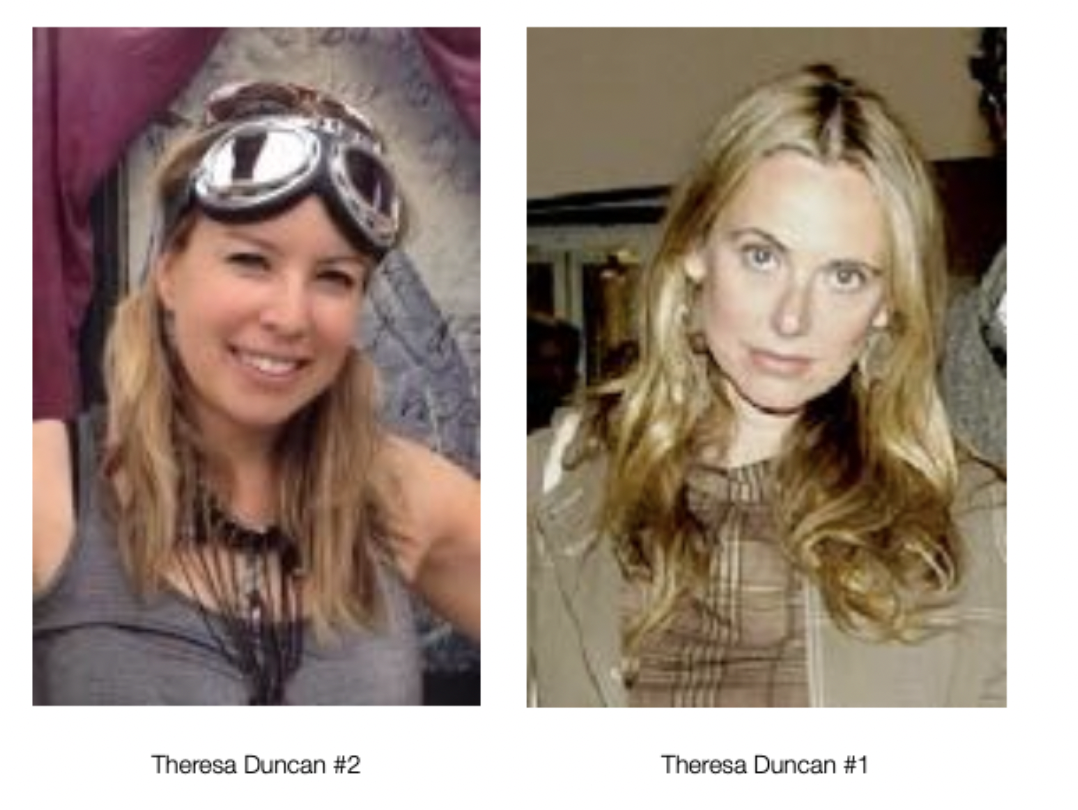
This is the starting point of my dispatch, a book I purchased and read, thinking it was from the Theresa Duncan on the right. I am one of the latest truly romantic human beings, and this is a love story. My very favourite field.
Year 2007, 10th Street and 2nd Avenue, Manhattan’s East Village, New York City.
A pretty, young-ish pioneer of blogging and video game auteur responding to the name of Theresa Duncan, age 40, overdosed in her infamously bohemian apartment.
For the sake of the Walgreens enthusiast: on the nightstand there was a bowl full of Benadryl pills, a bottle of Tylenol PM and a glass of champagne. For the sake of lovebirds: there was also a note saying “I love all of you”.
During the night, about a week later, witnesses on Rockaway Beach saw a man take off his clothes and wander into the Pacific Ocean: the light of the following day revealed his wallet, a note and his identity: Jeremy Blake, 35, video artist and Duncan’s boyfriend for over a decade.
They were one of those show-stopping couples of New York, both ridiculously gifted and good looking. She had an intimidating blond head of hair and a pantagruelic mind; he was an art star featuring the Whitney among his lengthy list of credits. Most importantly, they both had love. The most prized possession.
Their passion for their internal world was matched only by the paranoia of their outlook. The two would describe plots by the government, people tailing them and breaking into their home. Friends, who tried to dissuade the couple from their fantasies - that seemed to be ripped from a Tom Clancy novel - were met with anger and exclusion.
After their “Golden Suicides” people latched a lot around the possible causes of this tragedy. Sources mentioned a shared codependent paranoia regarding Scientology, and one of their leading men, the singer-songwriter Beck: easier to swallow than other absurd theories, I chose this to be my favourite and most relevant one. Reason why is I asked out a friend to the closest Scientology church.
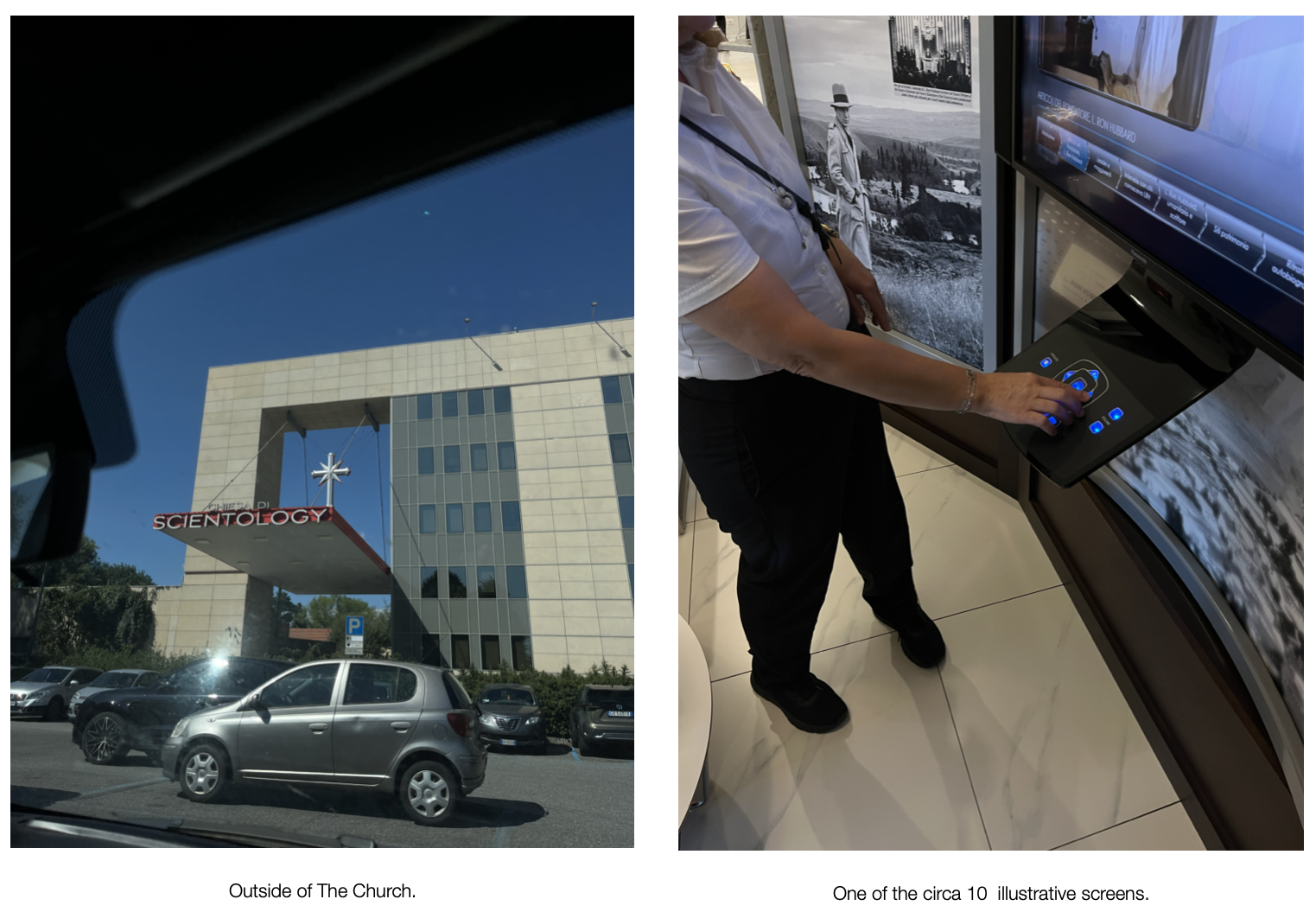
I double-blink when I see the eight-pointed cross taking the entire construction hostage on the left. Immediately below, in vermilion red sans-serif font, reigns the word ‘Scientology’. This new building, the biggest in Italy, was inaugurated in 2015, 31th October, Halloween day… dare I say trick or treat?
As soon as we approach the gate going thru it shamelessly it begins to close behind the back of the car. Safe to say we back up at light speed. In the nearby parking lot, without any gate to worry about, we park and hop off. Ten meters and we are in: ten seconds and we get approached by a woman in a white shirt asking the point of our visit with a bedazzling smile on her face. With equally bedazzling smiles we reply, ‘we are in to be into’. Follow the white rabbit.
A sliding door opens onto a tunnel whose red shade is thicker and more stomach-churning than the one chosen for the façade sign. To get to the monster's stomach, you have to go through its mouth first.
All I can remember is being swallowed by a red vortex. Sofas, carpets, chairs, candles, flowers and vases: I am now in some war field where the blood left from a mass murder has soiled the walkable and breathable space. According to the official data begging for attention from the screens all over, more than 6.5 million people have joined the movement. I see why there isn't a single spot uncovered.
While the guide explains to us how the infinite screens and controllers displayed in a serpentine shape all around the space work, as if we had never faced some basic commands, my hungry eyes roam around. Water and fire patterns overflow from the fonts on book covers and from the cheap AI paintings on the walls: mouth-watering waterfalls, endless fields of lavender and corn, groups of smiles as big as whole faces, proud to have said no; no to drugs, no to shapes other than triangles, yes to L. Ron Hubbard!
Above a rail of burning books, a dark bordeaux stain splattered on a marbled table: “See a thought.” I immediately point at it, asking for an explanation. When the elephant is in the room, either you ride it or it stomps on you; not today that I got a new haircut.
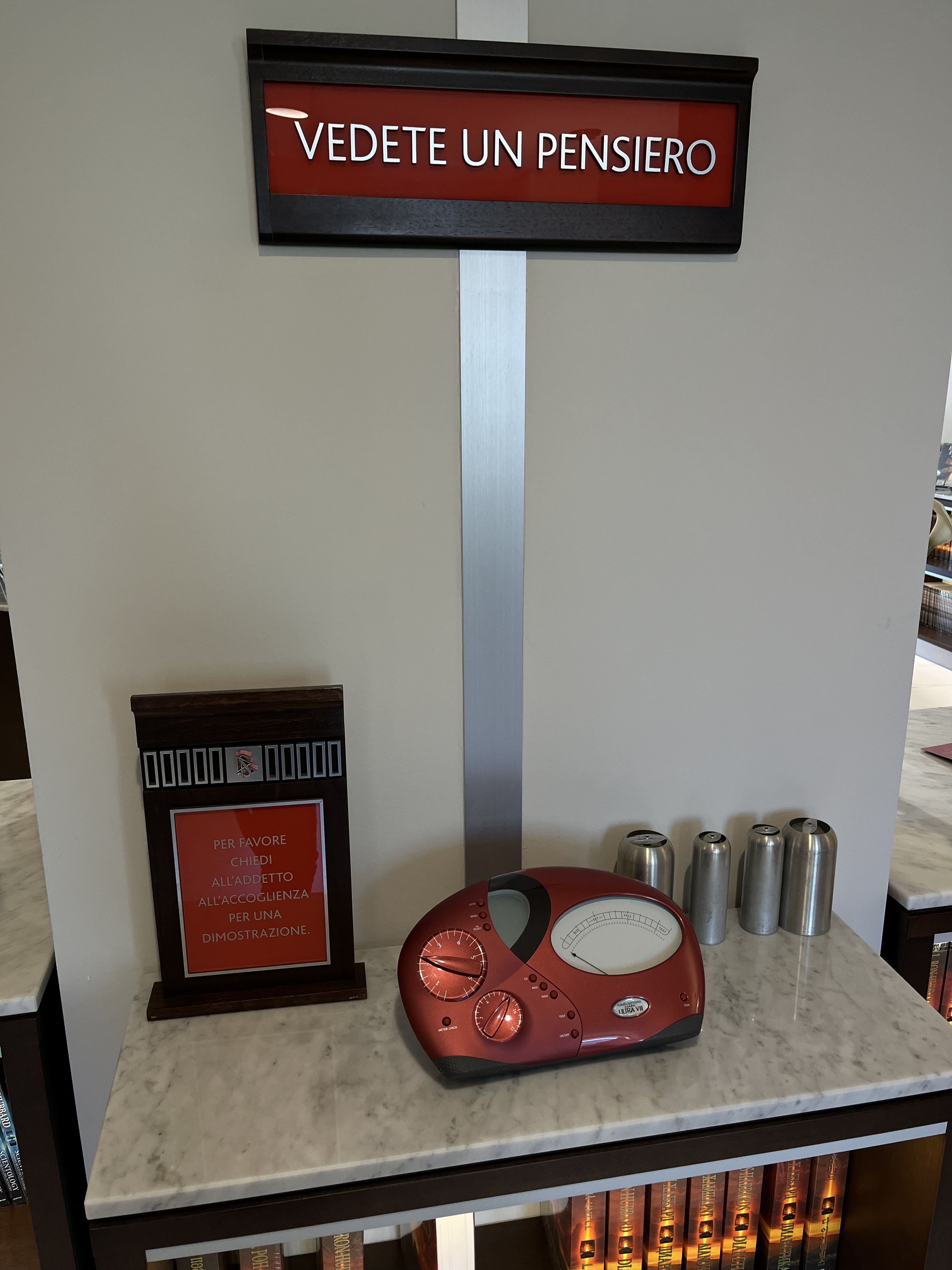
My guide makes me hold two aluminium cans and asks me about a person and a situation. Vaguely. This “ultra technology” should capture my aura frequencies and register my body response to that thought. I later, via google, find out the specific object is called 3 E Meter and it is an intellectual historical property of the Institution.
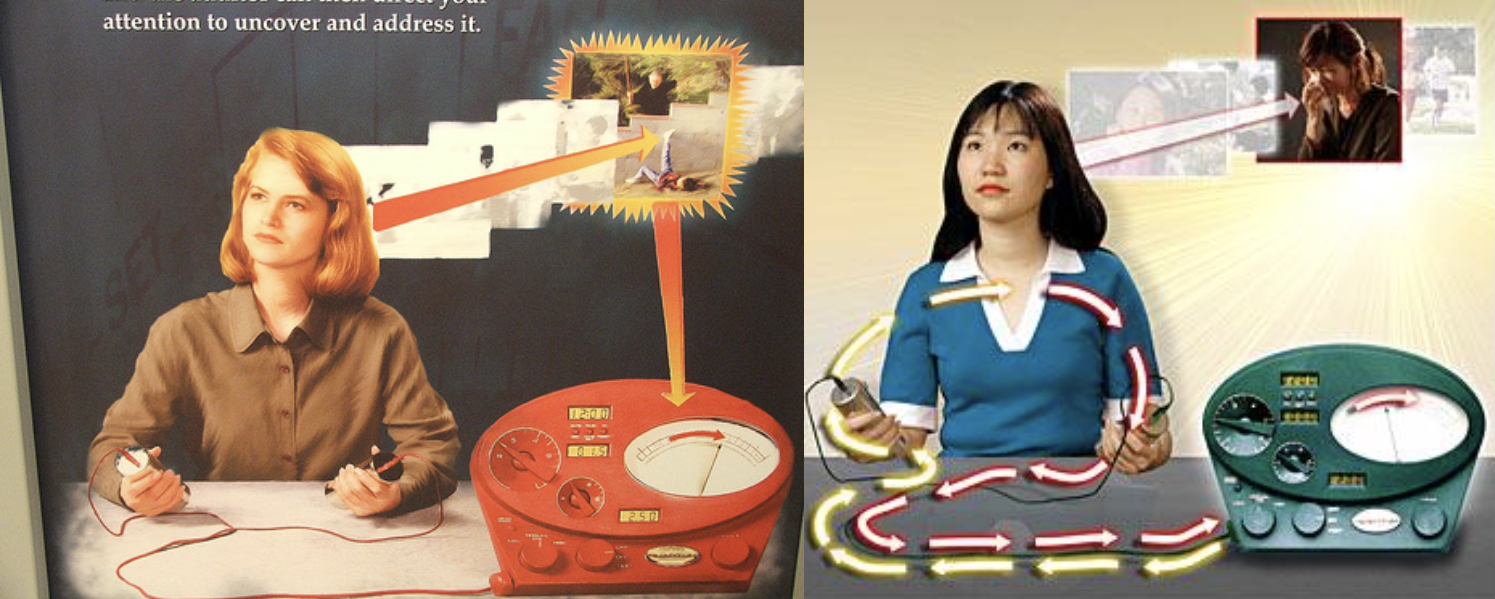
The needle oscillates and she can’t wait for me to see it. I don’t.
The needle of my energy also oscillates and I ask for a coffee. Out from the monster’s mouth, across the courtyard, behind a white door, downstairs, in the gut of the system: the canteen. Hidden from the daylight, a disturbingly and desolating vast room with a cashier rechargeable through the insertion of a coin; 2 bucks for a diet coke, a smarter version of the coffee I asked for: quick, take away, uncontaminated. And of course, red.
Lots of lost faces around, looking at me looking at them looking at my red lipstick. I sense they might be hypnotised from this very specific shade and that's why they all keep coming back to this place. If this Scientology site was a perfume that would be Hypnotic Poison by Dior: red, bordeaux, timeless and poisonous. As a woman in red lipstick. Would I ever kiss a Scientologist?
I’m not gonna write what I’ve seen during the very last moments of permanence under the surface of the visible, into the very core of the place, where the stomachs are fed and the minds starved. My guide made sure I wasn’t taking pictures and escorted me upstairs, back from the dead, alive again. I’d say I haven’t been digested, more like bulimicly puked out.
In this certain way, I must say a Scientologist saved my life. And my wallet.
I wish Theresa could write the same, on her blog, like it was all a game of hers in which she has been trapped for too long. Paraphrasing Cronenberg’s Allegra: "Death to transCendenZ!!!".
Alive again, at the enthusiastic speed of an exclamation mark.
